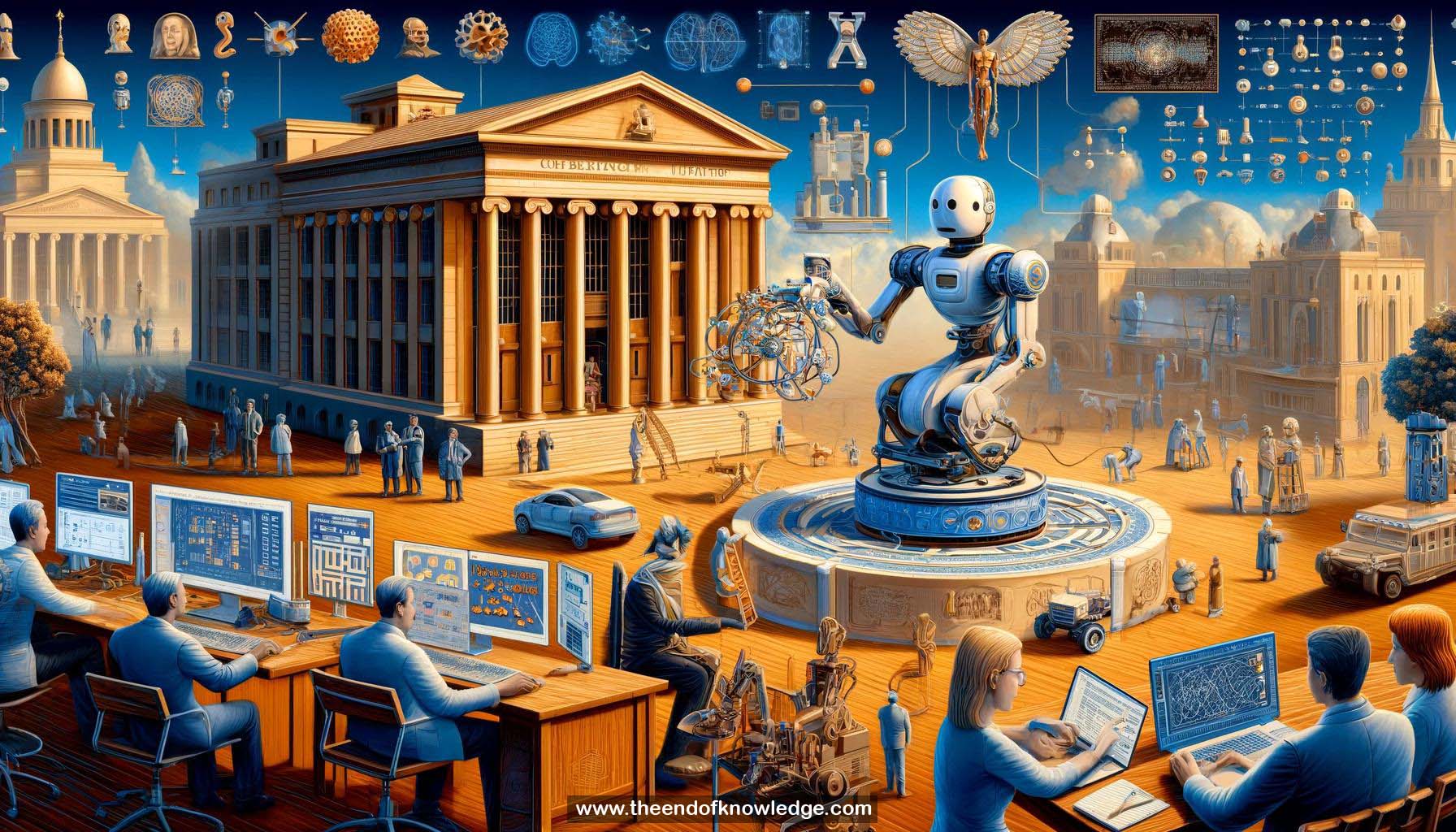 >
>
Concept Graph & Resume using Claude 3 Opus | Chat GPT4o | Llama 3:
Resume:
1.- Dan Hottenlacher: Professor at Cornell and MIT, influential in computer vision field. Now Dean of Schwarzman College of Computing at MIT.
2.- Linda Shapiro: Professor at University of Washington, made key contributions to image segmentation, matching, robot vision, medical applications.
3.- Chelsea Finn: Assistant Professor at Stanford, focuses on methods for robots and agents to develop intelligence through learning and interaction.
4.- Jamie Shotton: Chief Scientist at WAVE, worked on pose estimation and 3D reconstruction from Kinect depth images at Microsoft.
5.- History of computer vision: Pattern recognition conference to CVPR. Field has evolved with machine learning's increasing influence.
6.- Scaling challenges: Growing number of submissions, review process difficulties, need for more regional conferences, sustainable scaling.
7.- Preserving history: Importance of teaching historical works, capturing oral histories, conveying researcher personalities through their work.
8.- Revisiting old methods: Potential value in efficiency of random forests, limitations of purely supervised learning frameworks.
9.- Analogy to other fields: Similar to graphics, pharmaceutical industry, aerospace. Transition from small community to large with exhibits.
10.- Future challenges and applications: Robotics (household humanoid robots), uncertainty quantification, task specification, open-world embodied AI.
11.- Resource constraints in academia: Need for industry, government, academia collaboration on shared infrastructure. Innovation opportunities under constraints.
12.- Importance of language in computer vision: Valuable for complex scene understanding, but less critical for low-level perception and motor skills.
13.- Concerns about AI systems and values: Risk of over and under regulation due to lack of understanding. Fake references and facts from LLMs.
14.- Too many papers submitted to conferences: Due to competitiveness and importance of top conferences. Limits may discourage new ideas and young researchers.
15.- Advice for aspiring researchers: Find motivating problems, seek good mentors and collaborators, leverage strengths while improving weaknesses, be different.
Knowledge Vault built byDavid Vivancos 2024